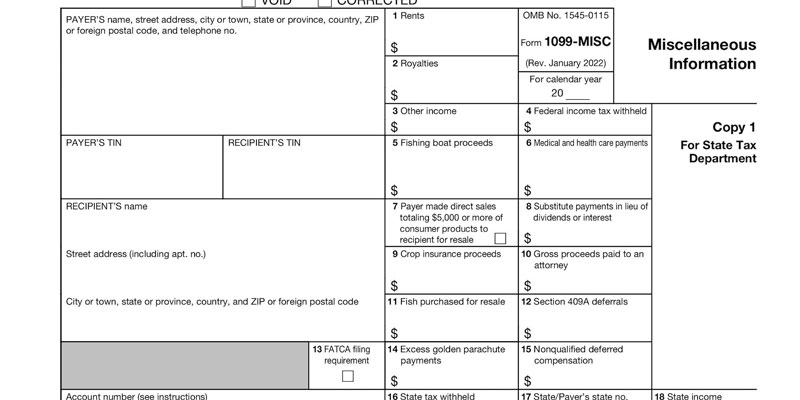Starting a Limited Liability Company (LLC) is a significant step in any entrepreneur's journey. It marks the shift from a mere business idea to a legal entity, providing protection for your personal assets and offering potential tax advantages. One of the crucial steps in this process is filing your LLC Articles of Organization. This legal document, submitted to your state's Secretary of State office, sets out the basic information about your business, marking its official birth. Our step-by-step guide is designed to help you navigate this process with ease, ensuring you cover all necessary details and follow the right procedures. Let's take your business to the next legal level.
What is an LLC?

An LLC is a type of business structure that combines the liability protection of a corporation with the flexibility and pass-through taxation of a partnership. This means that the owners, also known as members, are not personally liable for the company's debts and obligations. They also have more freedom in managing their business compared to corporations.
Step 1: Choose Your LLC Name
Choosing a name for your LLC is the first critical step in the process. This name will represent your business in all legal and formal contexts, so it's essential to select a name that is catchy, unique, and reflective of your brand's identity. Before settling on a name, you must check with your state's Secretary of State office to ensure that the name is not already in use by another entity. Some states also have specific rules about what words can or cannot be included in an LLC's name. Once you've chosen a name, you will reserve it with your state's Secretary of State office, typically for a small fee.
Step 2: Identify Your LLC's Registered Agent
Your LLC's Registered Agent is a person or business entity responsible for receiving legal documents on behalf of your company. These documents can include important legal notices and correspondences from the Secretary of State office. The Registered Agent must have a physical street address in the state where your business is registered, and they must be available during regular business hours.
This role can be filled by a member of the LLC, an outside individual, or a professional service authorized to do business in the state. Remember, choosing a reliable Registered Agent is crucial as they will be the main point of contact between your business and the state, and any miscommunications or missed notices can have serious legal implications.
Step 3: Prepare and File Your LLC Articles of Organization
With your business name and Registered Agent in place, it's time to prepare your LLC Articles of Organization. This document typically includes the following information:
- Name of the LLC: This should match the name you have reserved with your state's Secretary of State office.
- Purpose of the LLC: This is a brief statement explaining the primary purpose of your business, which can be general or specific.
- Principal Place of Business: The physical address where your business will be located within the state.
- Registered Agent and Address: The name and address of your chosen Registered Agent.
- Management Structure: This section outlines how your LLC will be managed, whether by members or managers.
- Duration of the LLC: Some states require you to state a specific duration for your LLC, while others assume it will continue indefinitely.
Some states may require additional information, so make sure to check your state's specific requirements before filing. Once you have completed the document, you can file it with your state's Secretary of State office. Most states allow for online filing, but you can also submit a paper form.
Step 4: Create an Operating Agreement

Creating an Operating Agreement is a crucial step that shouldn't be overlooked when establishing an LLC. This internal document outlines the ownership and operating procedures of the LLC, providing a clear framework for how your business will be run. It typically covers areas such as member roles and responsibilities, voting rights, profit and loss distribution, and procedures for handling changes in membership.
Even though an Operating Agreement isn't always required by state law, it's highly recommended to have one. It not only helps in preventing potential disputes among members but also further solidifies your LLC's separation from personal liability.
Step 5: Obtain Required Permits and Licenses
Just like any other business, your LLC may need to obtain various permits and licenses to operate legally. The specific requirements depend on factors such as the type of your business, its location, and the state laws. For instance, businesses in the food service industry typically need health department permits, while those selling goods usually require sales tax licenses. It's advisable to check with your local and state governments to identify the specific licenses and permits your LLC needs. Remember, operating without the necessary legal documentation can result in fines or even cause your business to be shut down.
Conclusion
Forming an LLC is a crucial step towards creating and protecting your business. While it may seem like a daunting process, following these steps will ensure that you have all the necessary documents and requirements in place to establish your LLC successfully. As always, it's vital to consult with legal and tax professionals for personalized advice based on your specific business needs. With your LLC officially established, you can focus on growing and scaling your business with the peace of mind that you have separated your personal assets from any potential liabilities.




